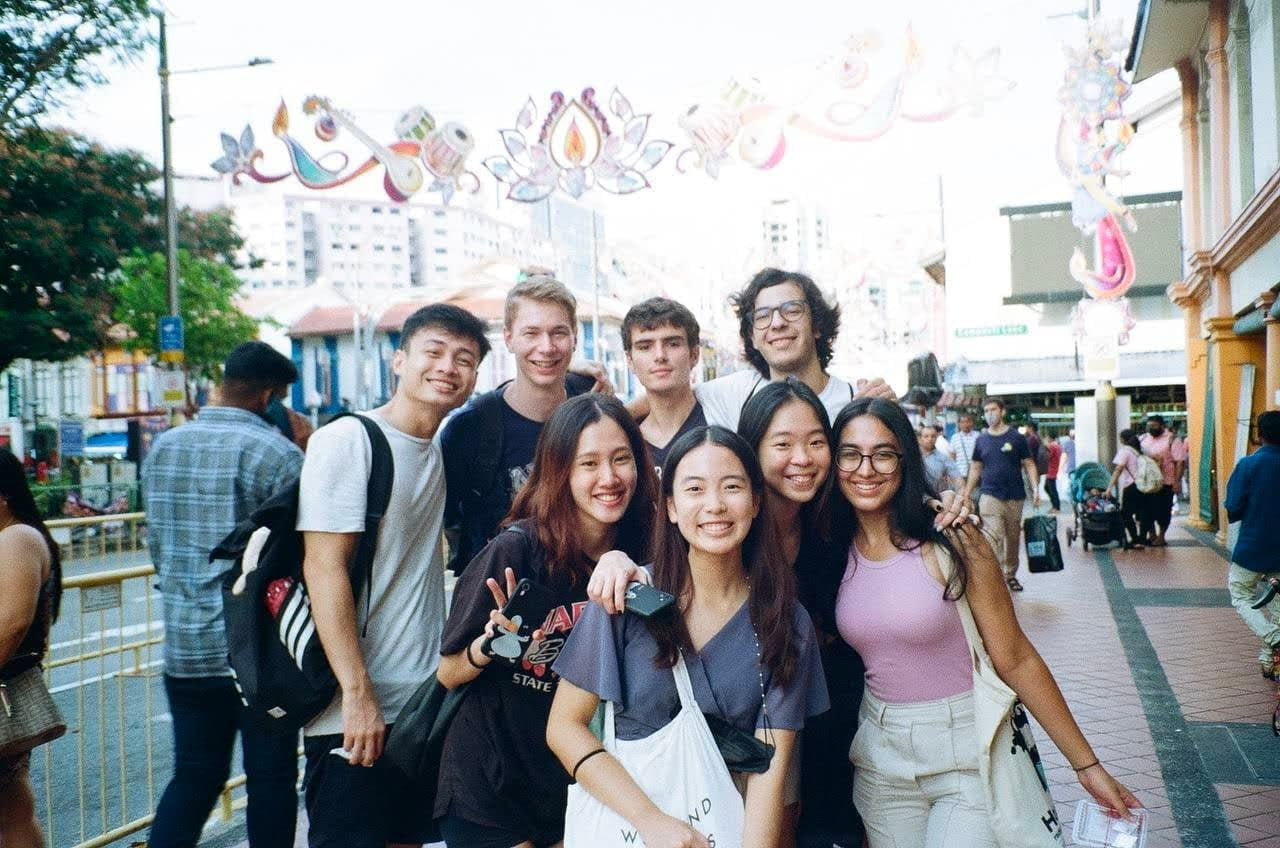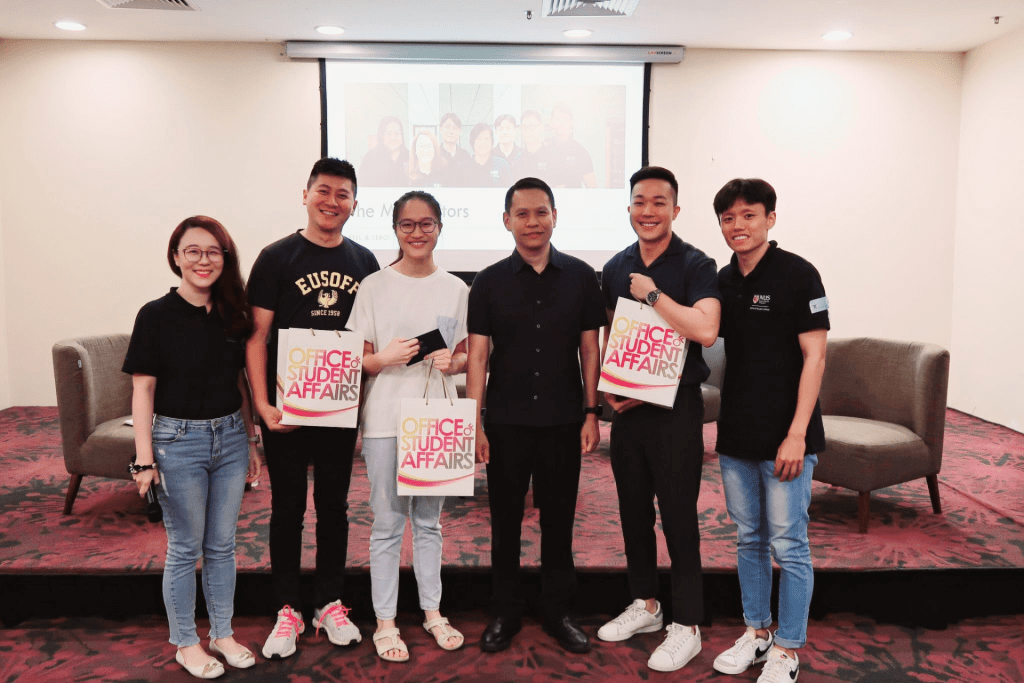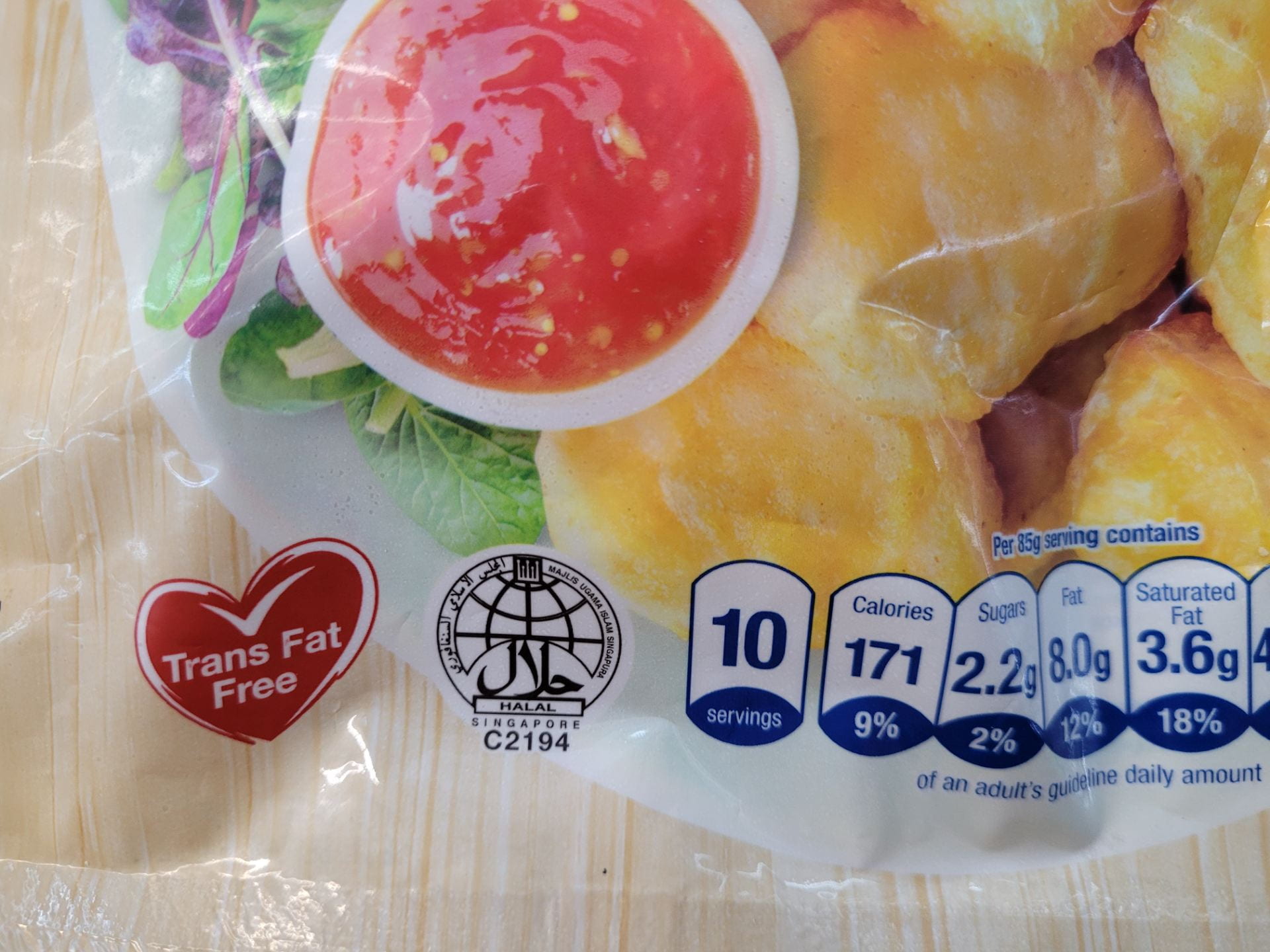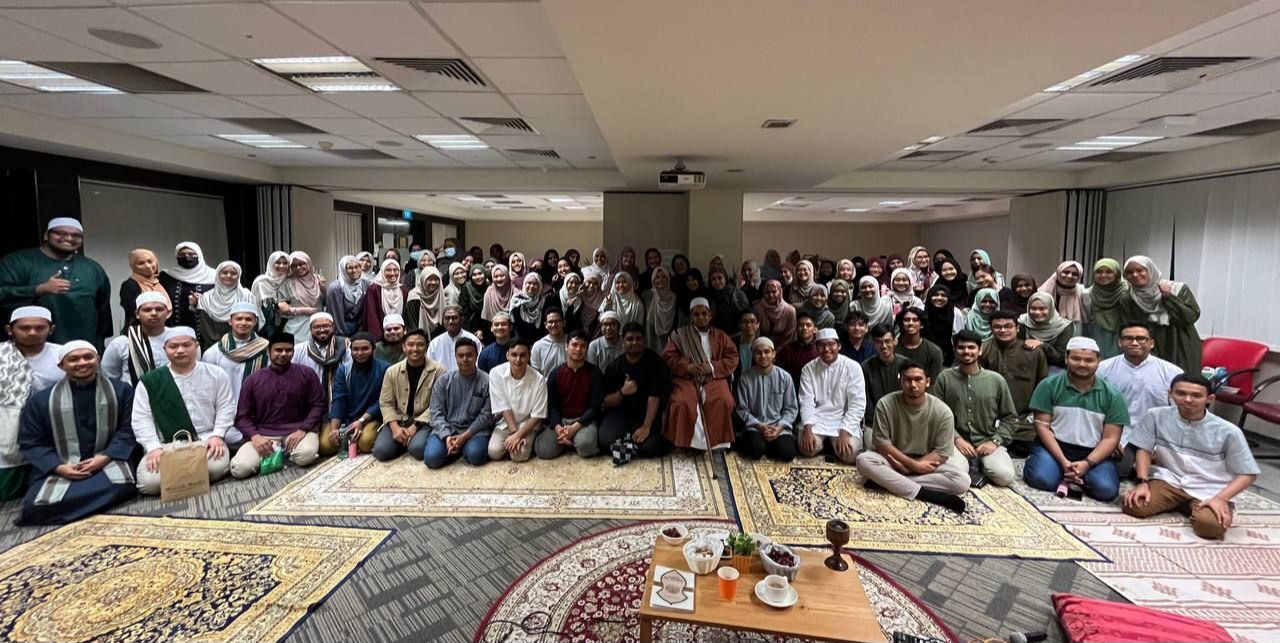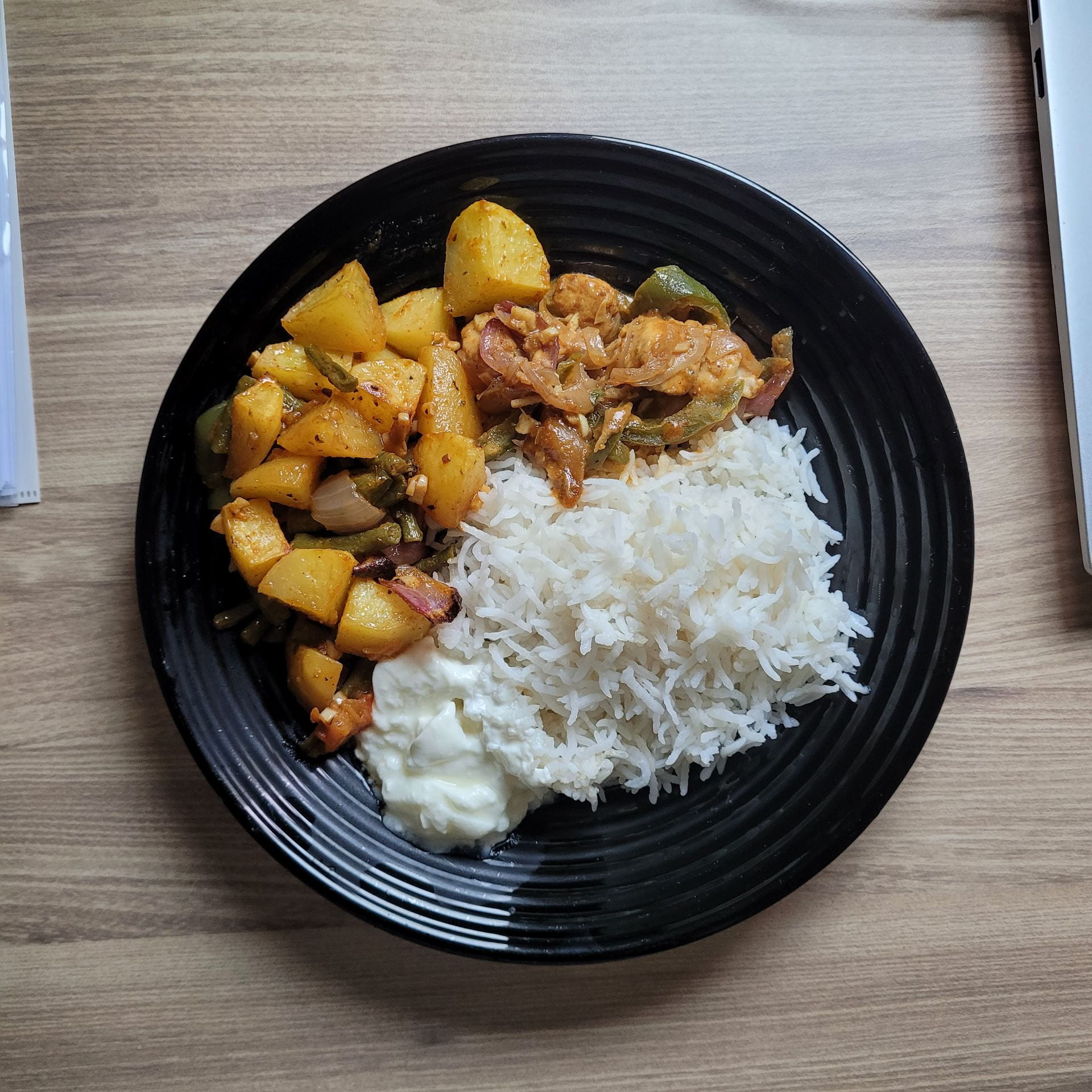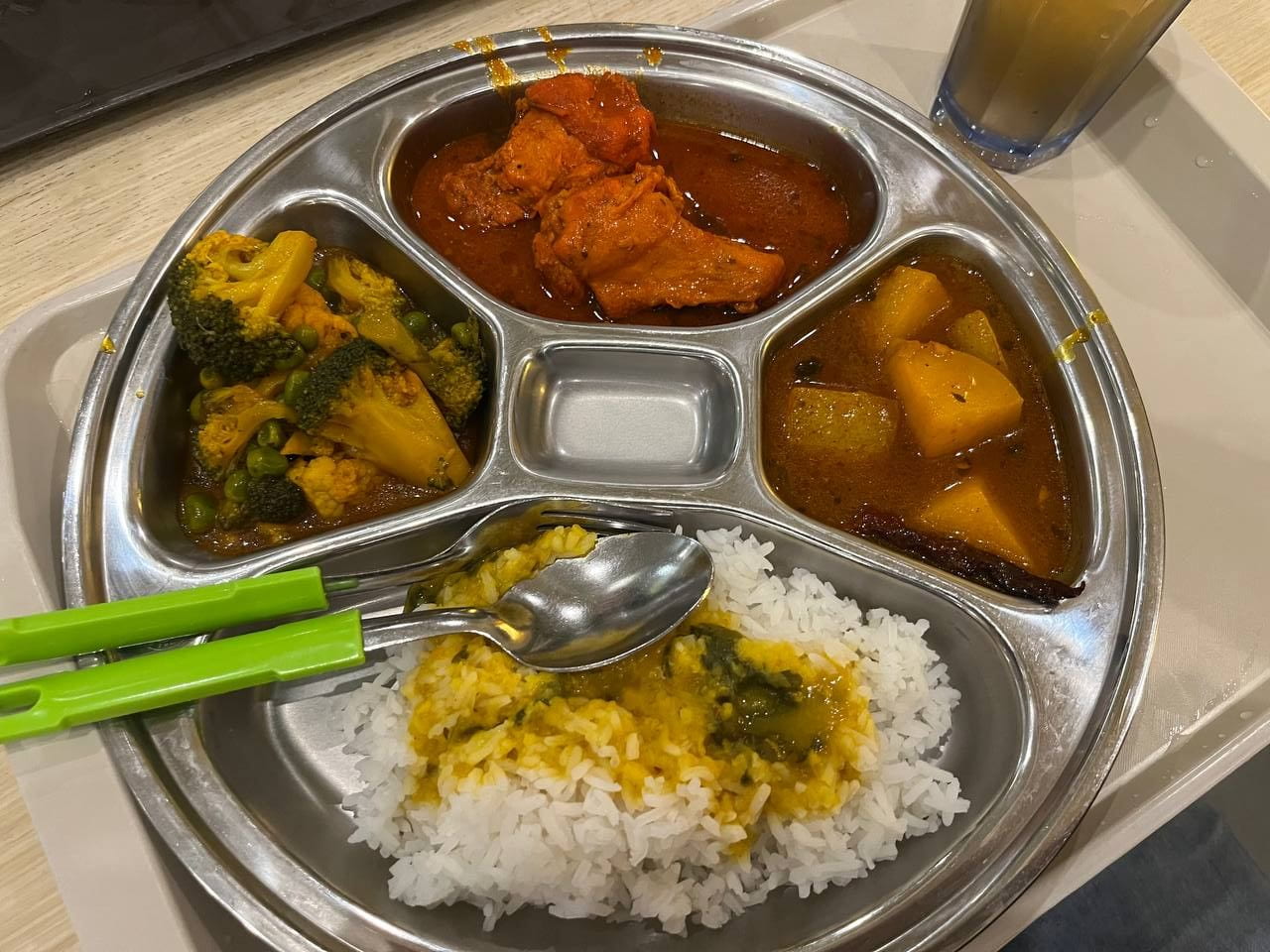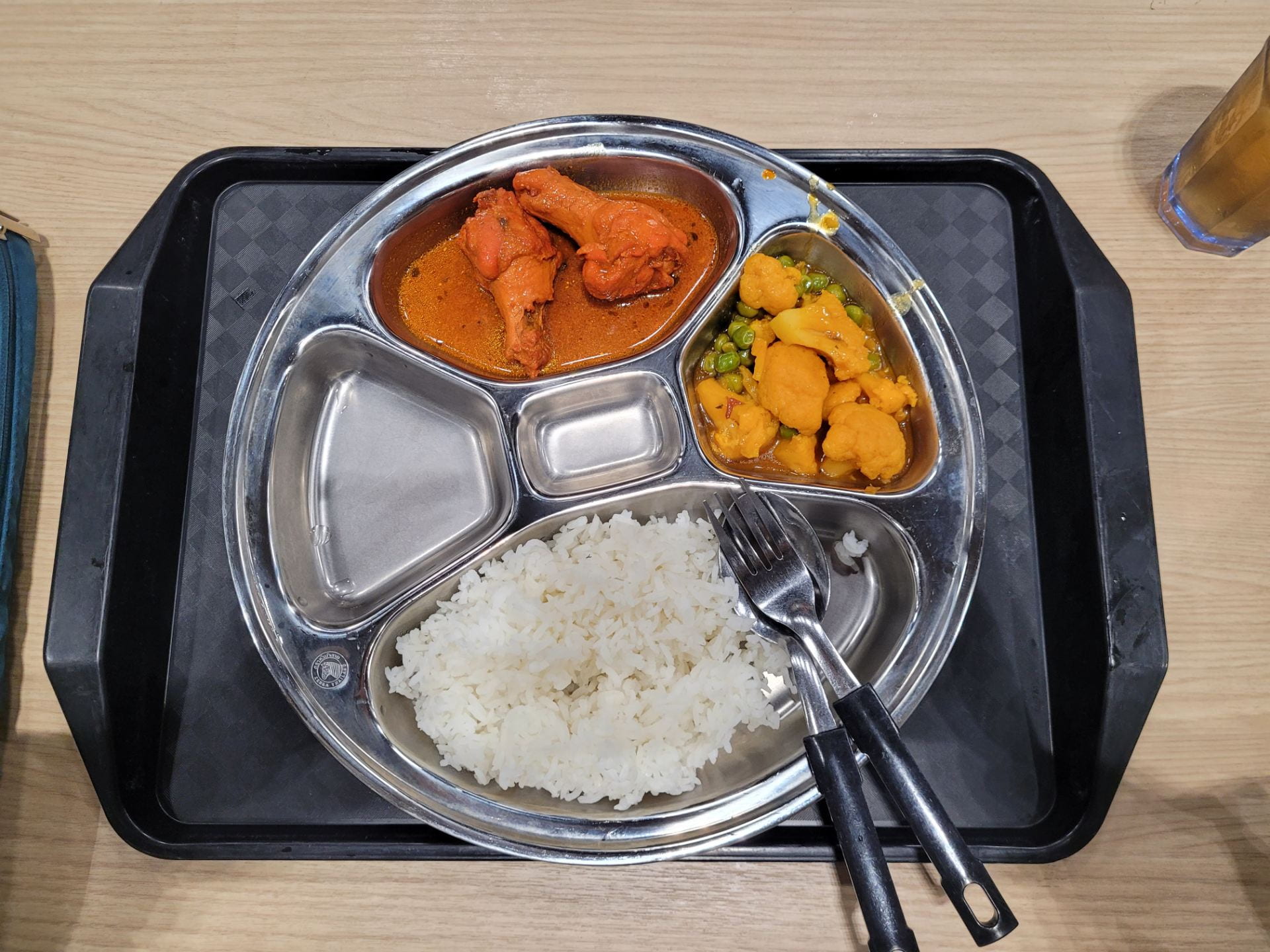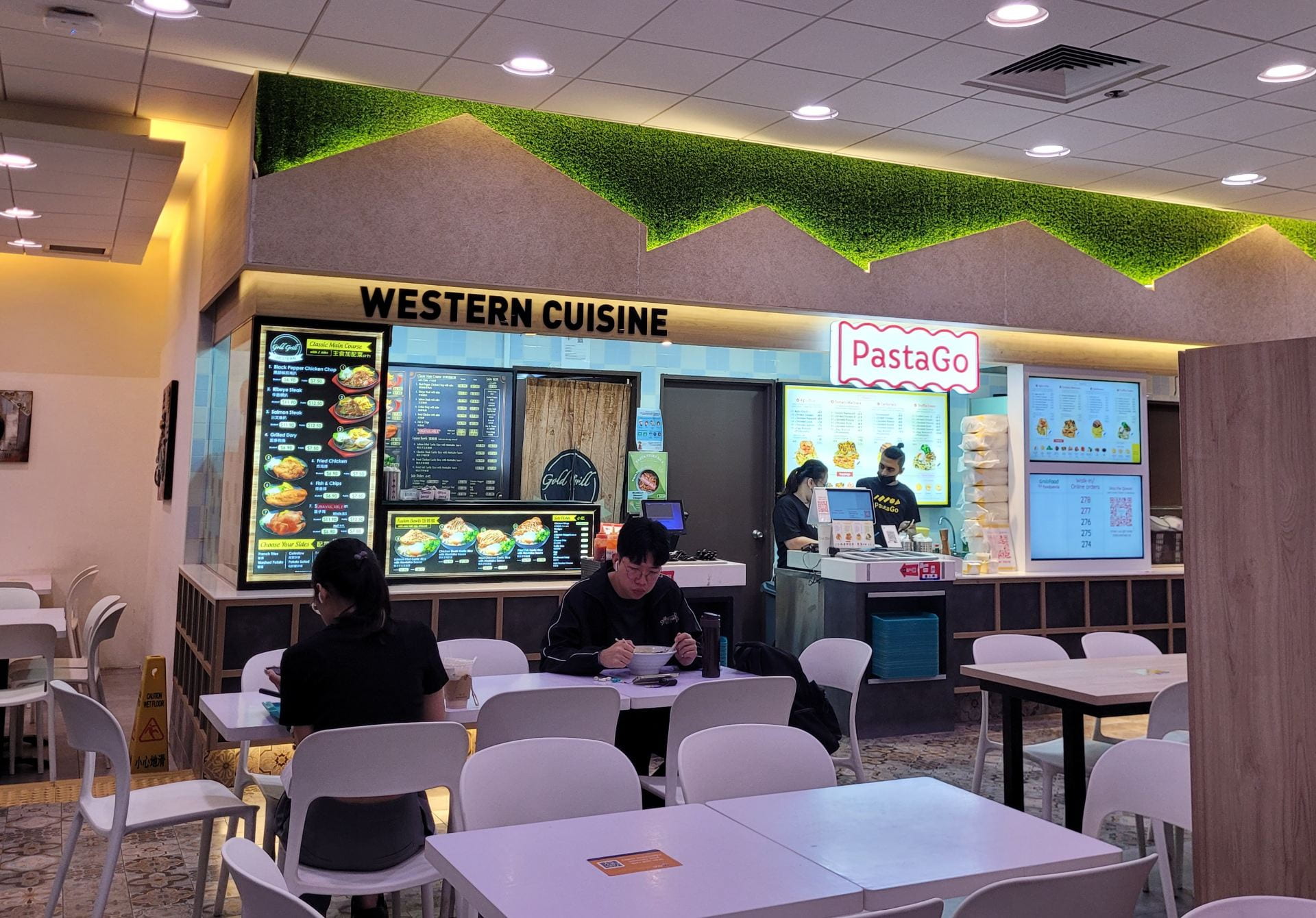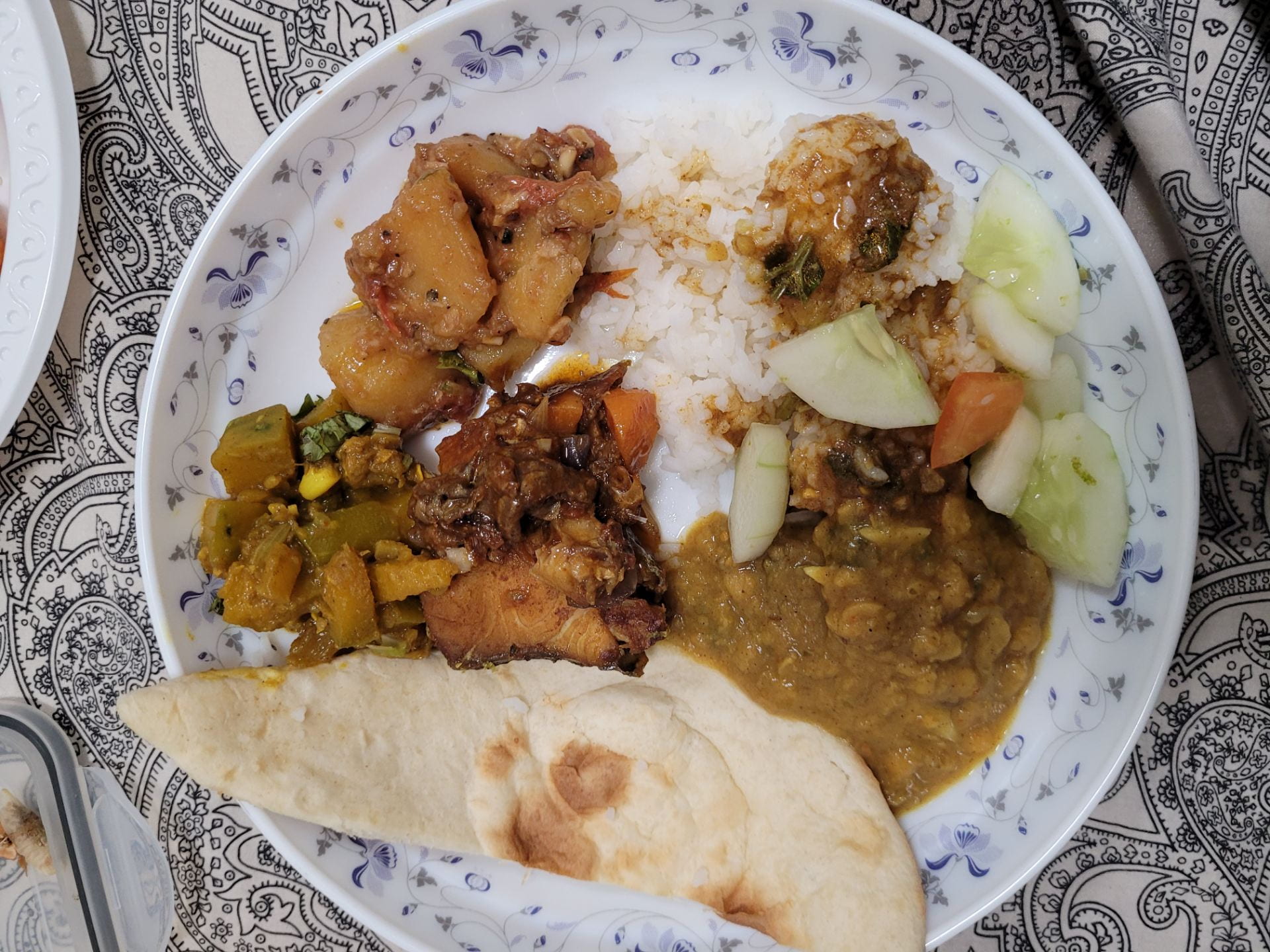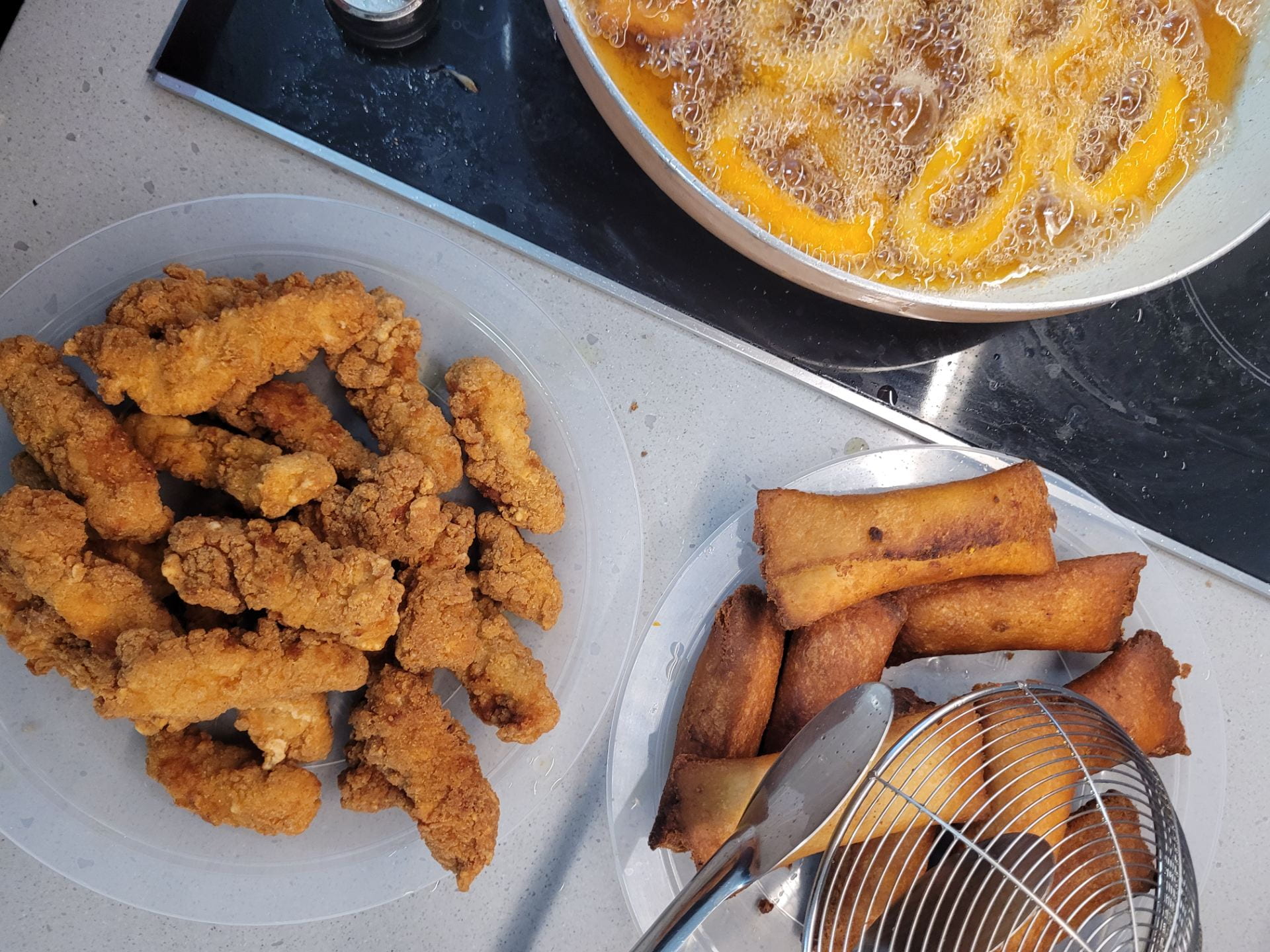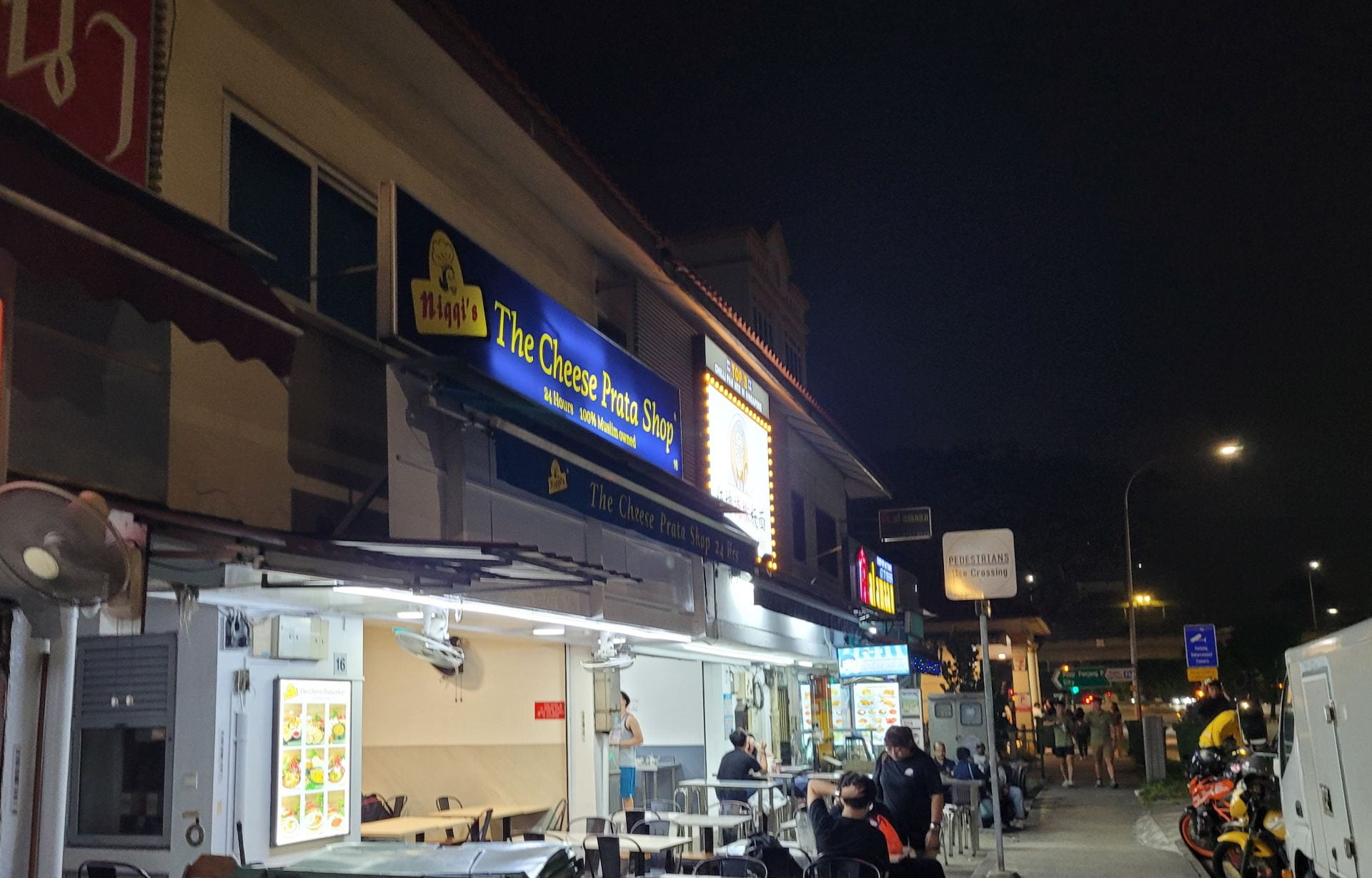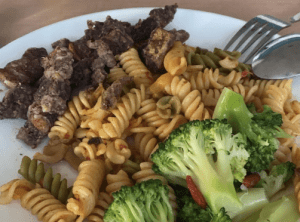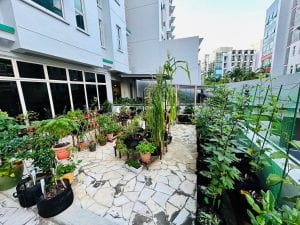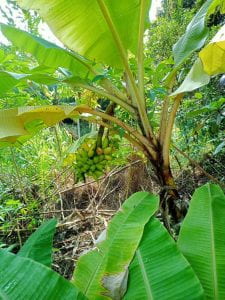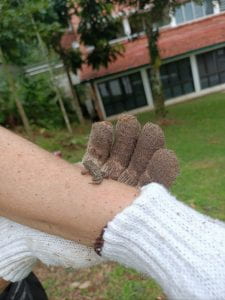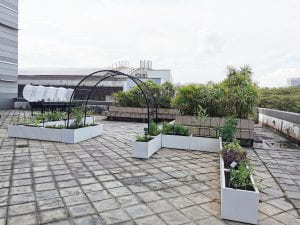For many university students, their semester abroad is a golden chapter in their university lives. The excitement of moving to a new place, immersing in local cultures, and forging long-lasting friendships is definitely one for the books. Exchange programmes operate on a 1-for-1 basis, if University X sends one of its students to University Y, in return, University Y sends one of its students to University X. Here at NUS, we boast an impressive number of exchange programmes with partner universities from all over the world. As each academic semester comes to a close, NUS bids goodbye to a diverse group of exchangers who had called NUS their home for some months.
We were curious: how was their stay in Singapore? Did they settle in well? What new foods did they try? What surprised them about Singapore? It’s always exciting to hear about Singapore and NUS from the fresh perspective of an exchanger who’s visiting our Little Red Dot for the first time.
Choosing Singapore
For Nikolaus Hellner (Master of Science (Industrial Engineering)) from Germany’s Hamburg University of Technology, the decision to come to NUS for exchange was motivated by the chance to explore Asia while also earning himself a credible experience, “Singapore has a high reputation in Germany. Completing a semester abroad here increases my job prospects.” English being a widely spoken language here, too, made the decision easier for Niko to make.
On his undergraduate exchange programme, Niko had gone to Canada. For his graduate exchange programme, he wanted something different and chose Southeast Asia.
The campus life that NUS offers its students is another selling point for foreign students considering Singapore as their exchange destination. This was the case for Abeer Ladhani (Y4, Bachelor of Arts and Sciences) from University College London. Her home university’s campus is located in the middle of the city where the buildings are very much integrated within the city’s infrastructure. “I wanted to experience a college with a campus community that feels like that of NUS: with the campus being a world of its own,” she shared. Moreover, moving to Singapore for a year allowed Abeer to gain first-hand experience of what the island city had to offer, and consider whether this would be a place she could see herself live in the future.
An exchange semester can also open up opportunities for higher studies. DiscoverNUS and NUS Master’s ASEAN Scholarship Programme is a two-part programme that allows selected students from partner universities to spend a semester in NUS. Afterwards, they may submit an application for the Master’s Scholarship, which if accepted, will grant them a fully funded admission into a Master’s programme in NUS upon graduation. It is through the DiscoverNUS programme that Chan Elina (Y3, English Language) from Vietnam National University landed in Singapore in August 2023. “I found it to be an interesting programme and the possibility of being chosen for a Master’s scholarship pushed me to apply,” Elina said.
For other students, like Jasmin Saleh (Y4, Computer Science) from Germany’s Esslingen University of Applied Sciences, coming to Singapore for exchange was a last-minute decision that turned out to be a life-changing experience. “Due to some reasons, I had to extend my candidature by a semester. So I decided to go on exchange to Southeast Asia, a region I’ve always wanted to explore. My brother and I liaised with the university and we were informed that there were just 2 spots left for NUS. We jumped at the opportunity, applied, and there we were in August 2022!” exclaimed Jasmin over our Zoom call.
Jasmin’s exchange trip to Singapore was a spontaneous decision. Looking back, it was one of the best decisions she ever made. This photo of Jasmin and her brother was taken at Mt. Batur in Bali at sunrise.
Getting To Know Local Cultures
When we asked Niko what his most enjoyable experience in NUS was, without batting an eye, he replied, “Meeting people from different cultures.” During his exchange period, Niko was introduced to cultures he had never encountered before. The entry into other cultures, for him, was through food. “I had no prior exposure to Asian food. I especially fell in love with Indian cuisine,” Niko narrated. He recommends the classic combination of butter chicken and cheese naan to fellow Indian cuisine novices!
Elina echoed Niko’s answer. “The people I spent time with were from all over the world. I love them all so much and they motivate me to come back here to pursue my Master’s,” she shared. Elina, too, fell in love with Indian food during her stay in Singapore. “Try the prata!” is her enthusiastic recommendation to incoming foreign students.
When Jasmin and her brother arrived in Singapore, they were simply amazed at the number of halal food offerings here in comparison to Germany. Hawker centres became a regularly frequented spot for them. “It was so affordable and the food portions were great!” Jasmin recalled with a big smile. “I lived near a Korean stall in Sengkang. The food was so, so good!” Now back in Germany and busy completing her final year thesis, Jasmin says that she still “dreams of eating at the Korean stall again”.
The Korean stall that Jasmin used to frequent in Sengkang.
A semester abroad is also an opportunity to immerse yourself in different cultures academically. Jasmin took on a Malay Studies course which helped her to understand the local culture better. Abeer added, “It was really cool to see that NUS had a South Asian Studies department which I was able to take advantage of during my time there. It’s something that my home university does not have.”
Staying On Campus
During her exchange, Abeer stayed in Temasek Hall. Although she struggled to find accommodation until a week before classes started due to the high demand for on-campus residence, her stay at Temasek was hospitable and warm. As she put it, “The second you’re out of your room, you’re talking to people. People are always saying hi and having a chat with you when you pass by.”
Temasek Hall is also well-known for its edge in sports. “It was really cool to have national athletes who play for the Singapore volleyball team sit next to you in the dining hall,” Abeer shared excitedly.
The hot and humid Singaporean weather often catches incoming exchange students off guard. Without an air conditioner in her room, Abeer, too, felt the heat – quite literally. But life is all about making lemonade from the lemons it gives you, “Not having an air conditioner encouraged me to get out of my room and explore more!”
Niko was surprised at how easy it was to make friends at NUS. Residing in Tembusu Hall during his time at NUS, he recounted how fellow residents were open and eager to make new connections. Niko noted, “Every time I went down to the dining hall alone, there was always someone waving me over to their table and asking me to join them.”
When Elina was on exchange here in Singapore, she stayed at Pioneer House and simply loved her time there. “I got to connect with both local and international students [at Pioneer House]. There were also so many interest groups I could join. I joined PH Dance and had a wonderful time there,” Elina described. Definitely another residential option for exchangers to consider!
As part of the Pioneer House dance group, Elina was exposed to various dance forms. Her favourite was street jazz.
Studying While On Exchange?
A common trope about exchange students is that they are indifferent to their academic performance. But the reality is not as clear-cut as full-time students might assume.
Niko, now pursuing his Master’s, shared that he wasn’t too bothered about his grades since they didn’t have a huge implication on his future. He found the academic rigour and workload to be higher than what he was used to back home due to continuous assessments that were distributed throughout the semester. “You can’t mug everything before final exams. In Singapore, you have to keep up all the time due to the graded class participation and group project components,” Niko reflected.
Abeer, on the other hand, shared a concern that many exchangers face when it comes to selecting courses. “Due to the high demand for courses, exchange students are not given priority for high-level classes. As a result, you’ll see a lot of exchange students in General Education classes that are at a lower level than what they would have taken back in their home universities. This meant that I found it quite easy to do well in my courses although it was a pass/fail year for me,” she said.
But for Elina, who is hoping to be chosen for the ASEAN Master’s Scholarship as part of the DiscoverNUS programme, grades mattered more. She planned her academic schedule in such a way that she would have an interdisciplinary education, selecting courses from outside her faculty. After much freedom to explore her interests, she realised what she truly likes and now has a clearer direction for what she would like to do as a graduate student. “I found both the lecturers and tutors to be very professional and helpful,” Elina said, “ and I enjoyed my studies very well.”
Elina enjoyed her academic exposure in NUS with the freedom to choose from various departments. The above photo was taken during a meeting with DiscoverNUS programme coordinators.
Grades were not very important for Jasmin, too, on her exchange semester. “But there was one computing course which took over my whole life,” she chuckled, “It was an experience.” Like Elina, the exchange programme was also an opportunity for Jasmin to take courses that she otherwise wouldn’t have taken – like an Arabic language course. “Even though I’m a native Arabic speaker, I was surprised at how advanced some of the students in my Arabic class were. It was so cool to see even a Chinese girl in my Arabic course: like all these people from different backgrounds are so invested in my language!” Jasmin exclaimed.
Travelling!
Of course, this article would be incomplete if we didn’t mention the travels of our exchange friends. Singapore is the perfect location to come to for exchange if you’re looking to travel across Southeast Asia. The accessibility is great and the tickets are affordable. “I was able to go to Japan (so wow, would totally go again), Malaysia (especially Langkawi with its beautiful sunsets), Bali (in Indonesia), Thailand, Vietnam, and Brunei (so relaxing),” Jasmin shared the list of countries she visited.
Niko and his friends, Chris and Julian, on a road trip in Taiwan.
But there’s much to see in Singapore too! “Because I’m from Vietnam, I wasn’t as motivated to travel around Southeast Asia as other exchange students. Instead, my local Singaporean friends took me around the city and showed me many hidden gems. I explore Singapore thoroughly,” Elina explained.
If you are new to Singapore, Abeer recommends cycling from East Coast Park to Marina Bay Sands. You’ll get forest, beach, and city!
Connecting With Other Exchangers
NUS has a very unique exchange student culture. Abeer was the one to make note of this during our interview. “Amongst the exchange students, there were many different group chats for different things like hiking, travelling, movies, and so on,” she explained. People would constantly try to make plans and get to know others. “People would message on the group chats all the time. Hi, I’m going to hike the Southern Ridges on Saturday, does anyone want to join?” That kind of energy and openness in the exchange student community was fantastic for her and not something prevalent in all universities.
Even more surprisingly, during the first semester of Abeer’s year-long exchange programme, the exchangers were even more creative and engaging. They took the initiative and started doing classes and sessions. “One guy who was into dance led salsa sessions. I know there was this girl who taught Zumba. And another guy did HIIT sessions because he was a personal trainer,” she elaborated. Simply put, “The vibes were great!”
The sense of community was really there. Jasmin recalled how some students took initiative to make a group chat for Muslim exchangers in NUS, too. “People slowly started joining the group chat and soon there was a very cosy group of us [Muslim exchangers],” she shared.
Abeer (far right) loved the openness of the exchange student community at NUS. In fact, every time she travelled, it was with a different group of people.
The camaraderie between exchange students is very welcome, too. Exchangers are looking to have a good time, travel, socialise, etc while the priorities of full-time students are different. By connecting with other exchange students, the experience of a semester abroad is enhanced for exchangers coming to NUS.
If you are looking to go on exchange and weighing your options, we hope this article made the decision easier for you 😉. And if you are coming to NUS in the coming semester, we look forward to having you on campus. Happy exchange ✈️!







